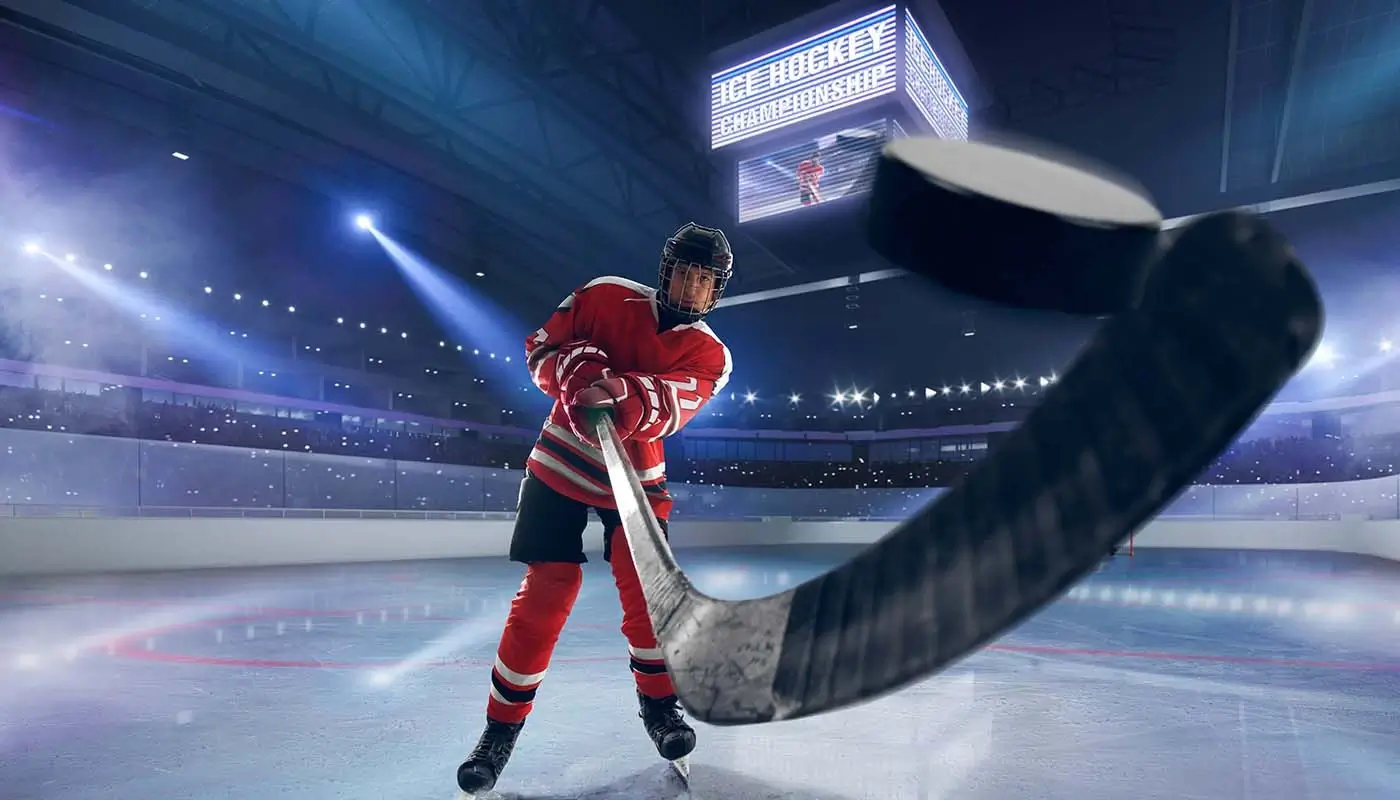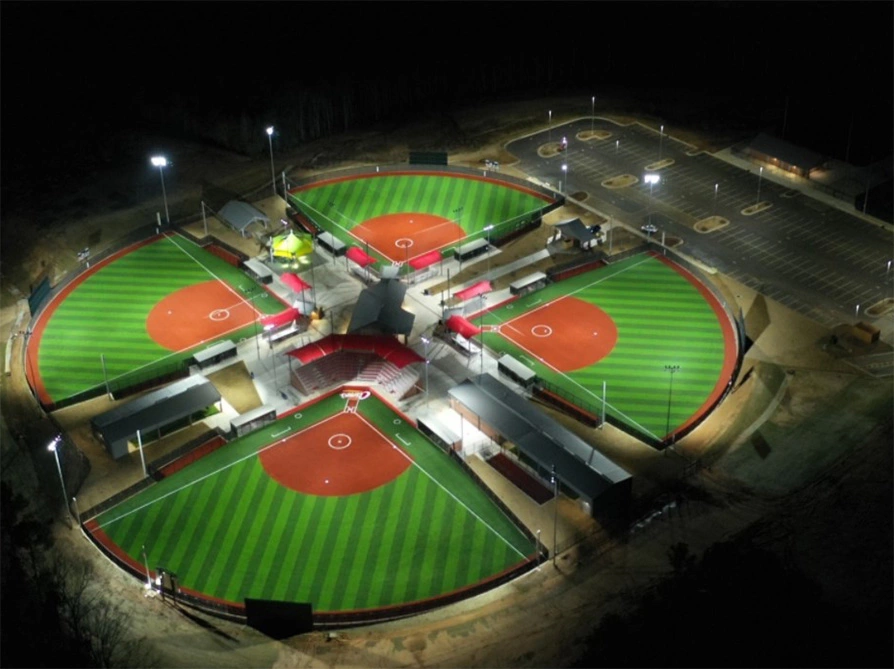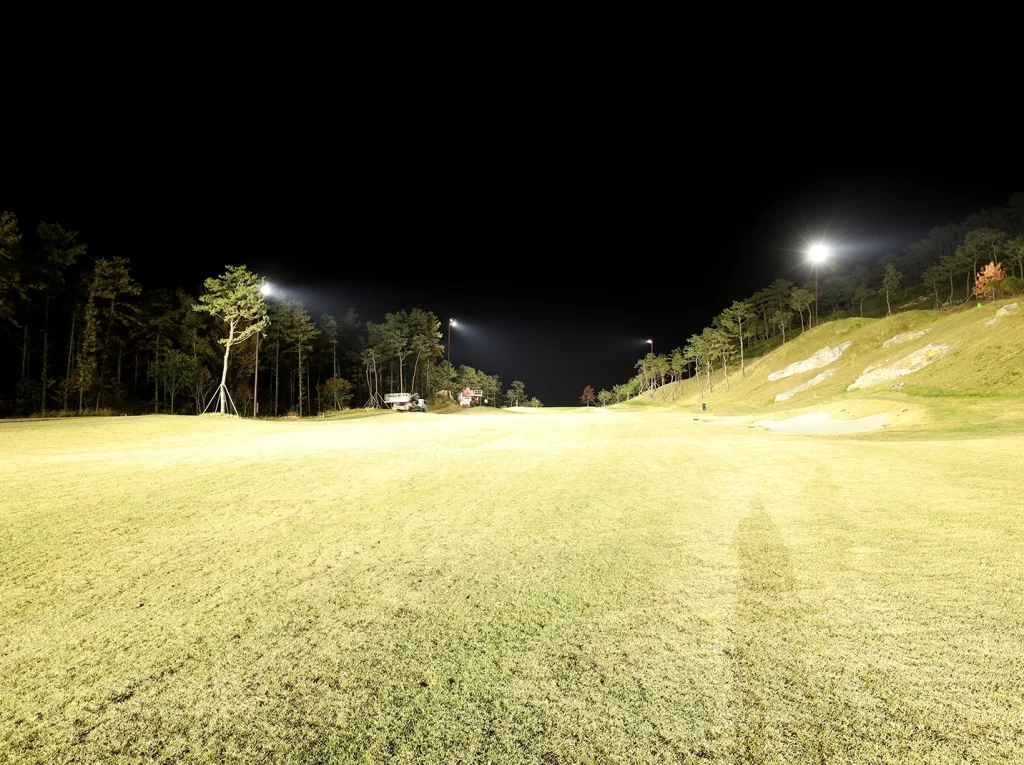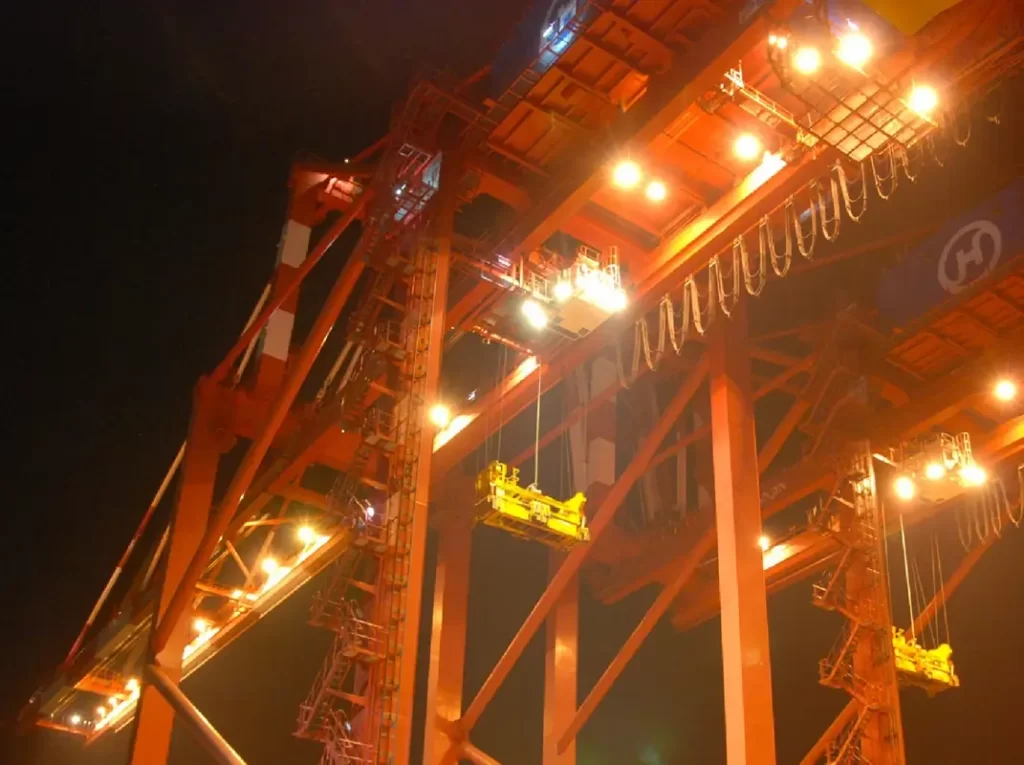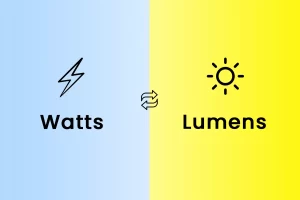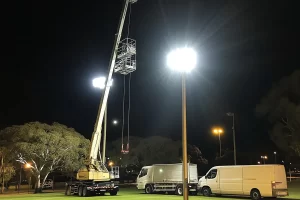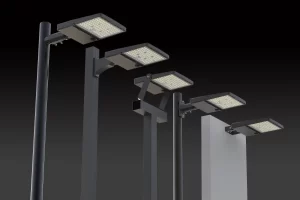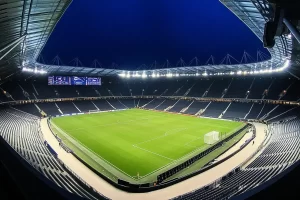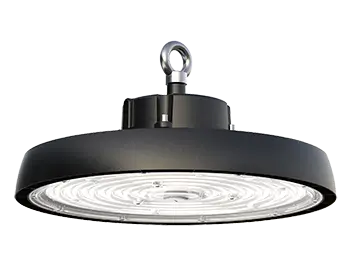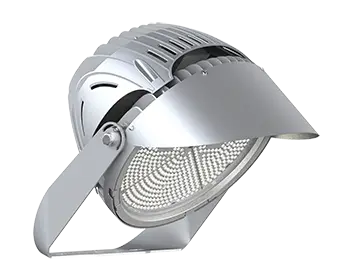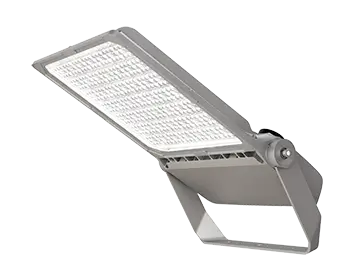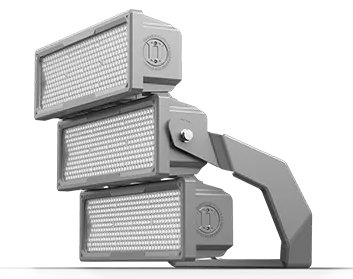Introduction
Ever watched a hockey match and felt the lighting was lacking? Or perhaps you’re responsible for the upkeep of a hockey field, and you’ve heard complaints about dim lights? Good lighting is crucial for player safety and optimal viewing, whether you’re in the stands or watching from home. This article will walk you through the steps to enhance your hockey field’s lighting system.
Why Upgrade the Lighting System?
Enhancing Player Visibility
Can you imagine a player trying to make the perfect pass in poor lighting? It’s like trying to read a book in the dark. Not only is it challenging, but it also poses a safety risk. Good lighting ensures players can see the puck, anticipate moves, and avoid collisions.
Energy Efficiency
Remember the old, bulky incandescent bulbs? They consumed more power and often burnt out, right? Upgraded lighting systems, especially those using LEDs, consume less energy and are more eco-friendly. It’s like trading in your gas-guzzling car for an electric one!
Cost-Effectiveness Over Time
Think about it: spending less on monthly electricity bills, fewer bulb replacements, and potential grants or tax breaks for energy-efficient upgrades. Sounds like a win-win, doesn’t it?
Preliminary Steps Before Upgrading
Assessing Current Lighting
Before diving in, it’s crucial to understand what you’re working with. How old are the current lights? What complaints have been made about them? It’s a bit like a doctor diagnosing a patient before deciding on the treatment.
Setting a Budget
Upgrading can be as pricey or affordable as you want it to be. But remember, while saving money upfront might sound appealing, skimping on quality might cost more in the long run.
Choosing the Right Lights
LED vs. Traditional Lights
LEDs are the reigning champions of the lighting world right now. Why? They last longer, use less energy, and offer better brightness. It’s like comparing smartphones to the old rotary phones.
Considering Brightness and Color
Brightness isn’t just about making everything visible. It’s about ensuring that everything is visible clearly. And color? Well, have you noticed how some lights give a warm hue while others offer a cool, white glow? The choice can influence player visibility and the aesthetics of the field.
Installation Process
Positioning and Layout
It’s not just about having the best lights, but placing them correctly. After all, what good is a flashlight if you’re pointing it the wrong way?
Ensuring Electrical Safety
Remember, water and electricity don’t mix. Ensuring that wiring is safe, especially in an open field exposed to the elements, is paramount.
Maintaining the New System
It’s not a “set it and forget it” scenario. Regular maintenance, like cleaning and checking for any electrical issues, ensures the longevity of your lighting system. Think of it as the regular check-ups we have with our doctors.
Conclusion
Upgrading your hockey field’s lighting system is an investment in player safety, viewer experience, and cost savings in the long run. Whether you’re a facility manager or a field owner, this step-by-step guide can illuminate the path to a brighter, safer, and more energy-efficient hockey experience.
FAQs
How often should I check the lighting system for maintenance?
It’s good practice to check at least once every three months, but more frequently if there are noticeable issues.
Are LED lights more expensive than traditional lights?
Initially, yes. However, they are more cost-effective in the long run due to energy savings and longevity.
How long do LED lights typically last on a hockey field?
LED lights can last up to 50,000 hours or more, depending on usage and maintenance.
Can I upgrade my lighting system in phases?
Absolutely. You can prioritize certain areas or features and upgrade in stages to spread out costs.
Is there a specific color or brightness level recommended for hockey fields?
It varies depending on the specific needs of the field and players, but it’s essential to ensure a balance that maximizes player visibility without causing glare.


